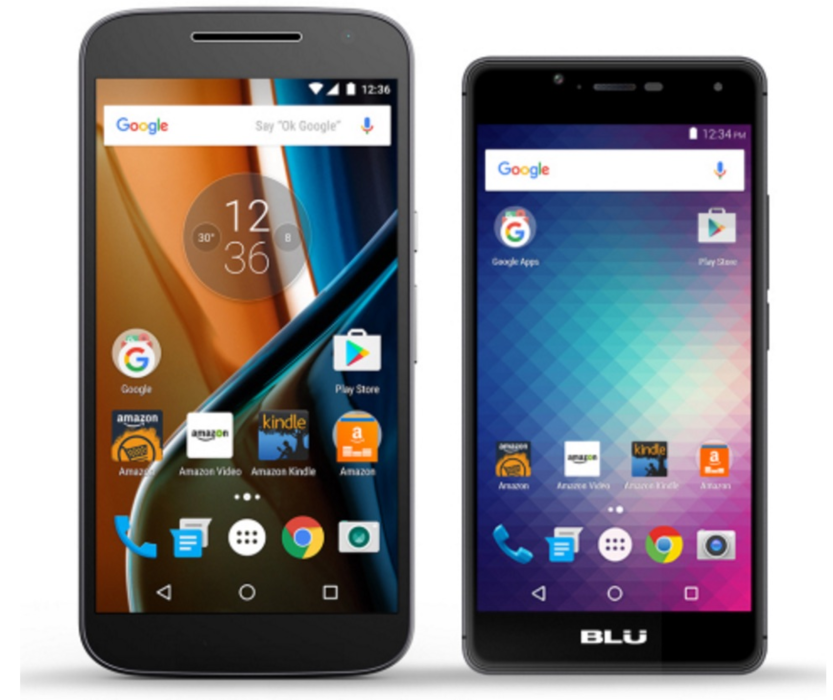In a pivot from its failed Fire Phone experiment, Amazon has launched its Prime exclusive ad-supported smartphones. Amazon offers the two unlocked Android phones (the Blu R1 HD and the Motorola Moto G4) at a subsidized price, which it will ostensibly cover through ads that run on the phone’s lock screen and on Amazon’s widgets.
Though Amazon has offered similar ad-based discounts on its products in the past, it’s unclear how consumers will respond to the prospect of ad-supported phones. But there’s plenty here for marketers to mull over.
The discount may not be enough
The big draw here for consumers is a cheap unlocked phone that they can use on any carrier of their choosing, but there are two problems with that value proposition. For one, there are tons of competitively priced unlocked devices on the market that already come ad-free, and many are considerably more powerful than the two devices Amazon currently offers. Second, unlocked devices as a whole aren’t particularly popular outside of the smartphone enthusiast market (who again, have many options already).
The average consumer will simply take that $50 to $150 dollars and put it toward a subsidized premium flagship device from one of the major carriers; who are increasingly offering financing options outside the standard two-year contract. In fact, many of these financing routes allow for consumers to upgrade to newer devices with no upfront cost at all.
For ad-supported phones to resonate with consumers, they will need to be either completely free, or much more qualitatively competitive with existing no-strings phones.
Ad blocking
The digital marketing world is freaking out about ad blockers, but the majority of ad blocking currently occurs on desktop. Though mobile ad blocking is catching on, it is considerably easier on Apple devices, which natively support browser-based ad blocking. Blocking ads on Android— which runs on the majority of Amazon mobile devices, including these ad-supported models—is a much more technical process.
The Google Play store doesn’t currently support ad blocking software outside of a few specific browsers, so consumers who are serious about blocking ads on Android must sideload blocking software onto their device. Even then, many blocking apps require root access to effectively block ads; however, users are able to completely block ads, web-based or no, through this method.
While ads delivered on the lockscreen will likely prove impossible to block for the average consumer, the aforementioned smartphone enthusiasts will root these devices – if they buil them, largely because if they’re blocking on Android, they’re rooting anyway.
Attribution
Marketing attribution remains a challenge for marketers, and revenue generated from ads on ad-supported phones is unlikely to simplify this process. While attribution technology vendors are sure to partner with Amazon as it matures its ad-supported smartphone offerings, marketers are going to have to wait for such options to proliferate.








